What is legacy software?
What is legacy software?
Legacy software refers to outdated applications based on obsolete technology and standards. Avoiding legacy software is typically very difficult; it is the result of past technology choices.
These outdated applications do pose a growing problem for many companies. Applications should be able to last for decades, but in practice, they are only modern for three years and can then be considered legacy for the rest of their lifespan. This while the application often supports a business-critical process.

A legacy application is often quite feature-complete, but the underlying technology has become obsolete. Every organization that maintains legacy software eventually reaches a breaking point. At some time or another, the number of shortcomings that arise can no longer be ignored. For instance, new technologies that are impossible to implement, rising maintenance costs, and a shortage of developers. Given that these applications are typically business-critical, this poses a major risk to the continuity of your organization. Staying ahead of this breaking point is key.
Costly and time-consuming
Endangers continuity
Impacts your ability to compete
Developers are highly scarce
Security and compliance issues
Hinders innovation and growth
Why is legacy software a problem?
A legacy application is often quite feature-complete, but the underlying technology has become obsolete. Every organization that maintains legacy software eventually reaches a breaking point. At some time or another, the number of shortcomings that arise can no longer be ignored. For instance, new technologies that are impossible to implement, rising maintenance costs, and a shortage of developers. Given that these applications are typically business-critical, this poses a major risk to the continuity of your organization. Staying ahead of this breaking point is key.
Costly and time-consuming
Endangers continuity
Impacts your ability to compete
Developers are highly scarce
Security and compliance issues
Hinders innovation and growth
What are examples of legacy software technologies?
-
Uniface
-
RPG
-
Progress
-
Lotus & HCL Notes
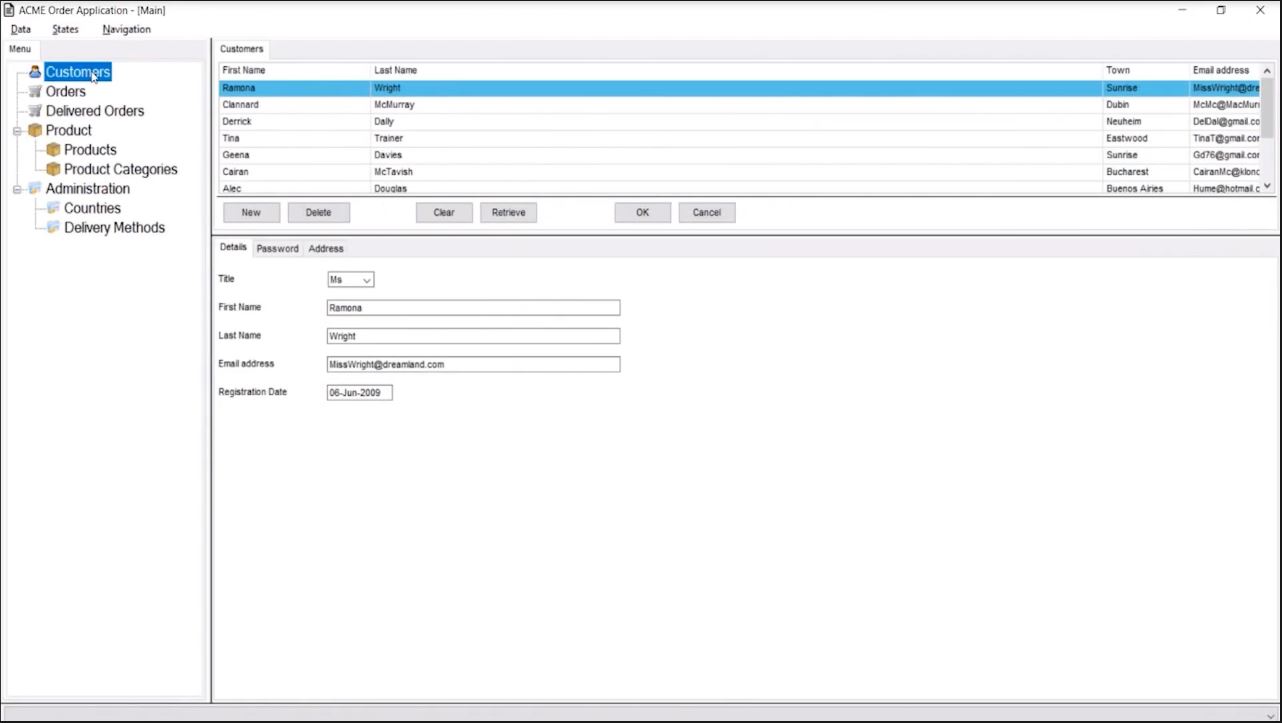
Uniface: a legacy technology founded in 1984
Uniface is one of the outdated software solutions that is still in use by many companies. Uniface is used by software vendors and by companies that develop software for internal use. Back in its day, the platform was ahead of its time with an integrated software development environment and a proprietary programming language. Today, the platform and software that is made with it are dated and in need of modernization.
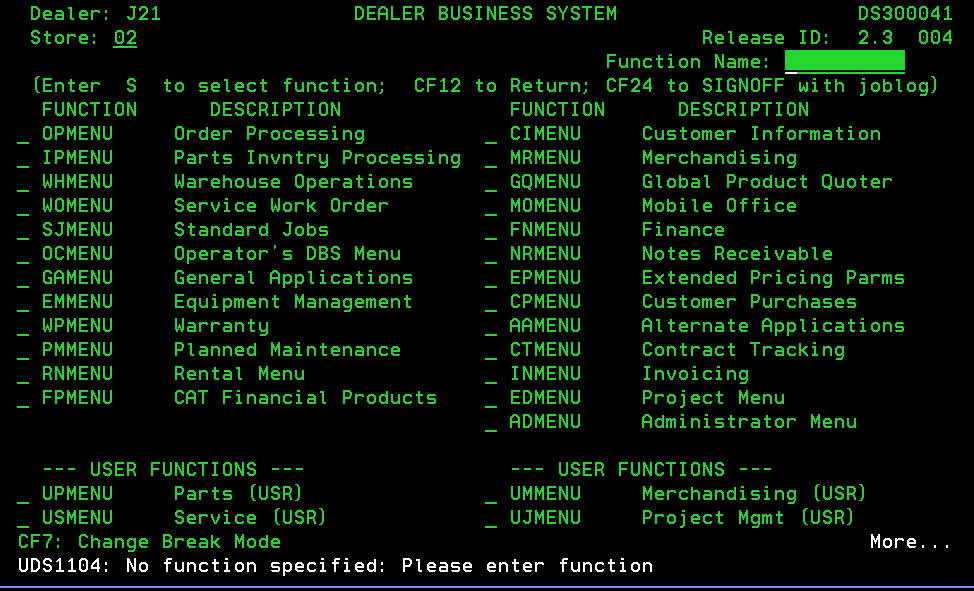
RPG: the "black-and-green screens" systems
The RPG programming language dates back to the 1960s, but is still used by many companies today. RPG applications are often characterized as "black-green screens" systems. In other words, their look and feel is out of date.
While these green screen terminal applications have been providing important business functionality, sometimes for several decades, they are significantly outdated in terms of usability. Furthermore, RPG applications are not designed to support mobile devices and are difficult to implement in SaaS and PaaS cloud solutions. The biggest problem, however, is the growing shortage of RPG developers.
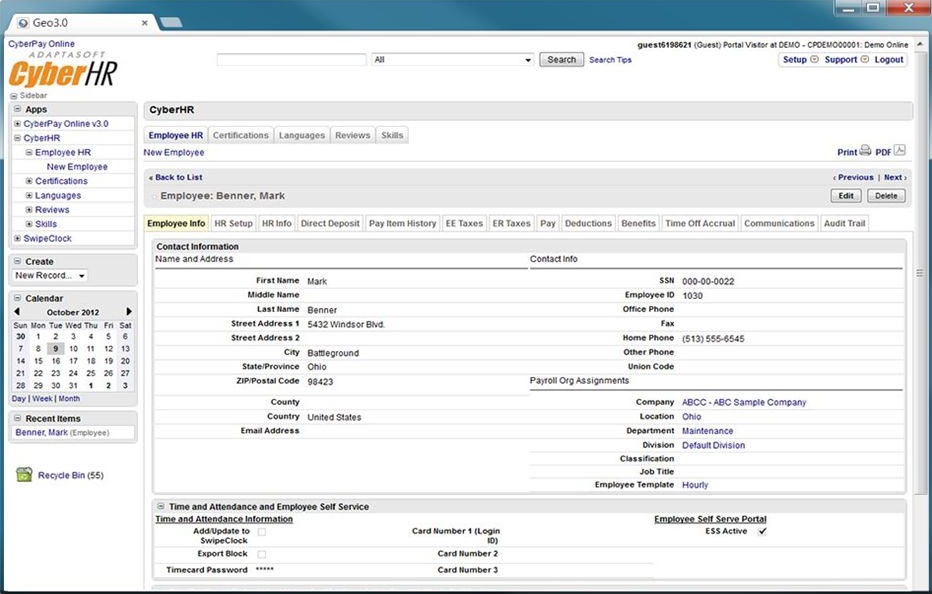
Progress Software: "progress" or inhibiting your innovation?
Progress Software was founded in 1981. The original Progress 4GL was designed as an architecture-independent language and an integrated database system. Since the year 2000 there have been several attempts from Progress to innovate by acquiring various technologies.
However, the acquired technologies were never fully integrated. They were even sold on after a few years. That is one of the reasons why people consider Progress ABL to have gradually become a "legacy technology".
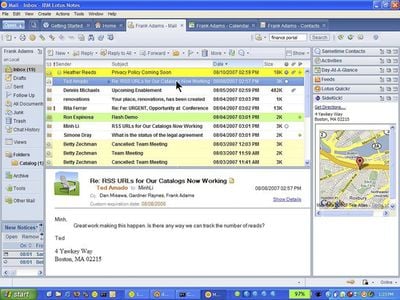
Replace Lotus Notes or HCL Notes applications today!
HCL Notes (formerly Lotus Notes) and HCL Domino (formerly Lotus Domino) are outdated client-server software platforms formerly sold by IBM, now by HCL Technologies. Organizations that are looking to modernize or replace these applications are often presented with the option to reprogram everything from scratch, which is extremely time-consuming and expensive.
Meanwhile, your current Lotus Notes apps are technologically outdated and unable to grow with your company. This leads to all kinds of frustrations. Reprogramming everything is not an option. But now there is a new way forward: meet Thinkwise.
Want to know more about...?
Why you should modernize legacy software?
Modernizing legacy software offers you several advantages. In many cases, an outdated application suffers from poor performance, sluggish operation, and time consuming maintenance. Similarly, the applications tend to leave a lot to be desired in terms of user experience, support, maintenance and the ability to integrate with other systems.
By adapting the application to a modern (cloud) infrastructure, you can significantly improve these aspects.
What the consequences of not modernizing legacy systems are?
When an organization chooses not to address legacy systems, it is very likely that cybersecurity will become a huge risk. Legacy systems do not have the same protections as newer systems. This makes them an easy target for hackers, which can lead to costly data breaches.
In addition, at some point, the software platform vendors may no longer support the outdated technology. You then run the risk of not being able to regularly maintain the software. This may result in poor performance and data security vulnerabilities.
Finally, the cost of outdated software will only continue to increase. In the short term, this can be manageable, but the main issues arise when you look at the long term. Maintenance and support of older systems are expensive and time-consuming. In addition, the older your software is, the more likely it is that problems will continue to occur over time, further increasing the cost.
How to prevent creating legacy software?
No one can predict the future. That is why it makes sense to rebuild the software with a development platform that is always technologically up-to-date. Thinkwise applications are not locked into a specific technology but instead are designed using technology-independent models. As a result, even long-time customers can easily upgrade their Thinkwise applications to the latest technology, allowing them to overcome even the most drastic technological developments.
“Whatever is popular today, can be obsolete by tomorrow. Our conclusion was that it is not about technology, but about developing good solutions for our customers ... Thinkwise appeared to be the only company able to actually build mission-critical ERP-type systems, so it was a reasonably simple choice for us to make.”
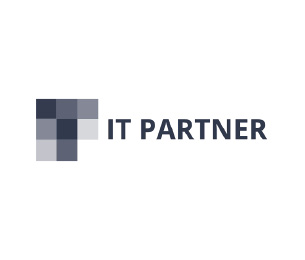
“We see that many organizations still use legacy software. Even though their applications are often inflexible and outdated, they still find it difficult to bid them farewell. With Thinkwise we can modernize and digitally transform these existing core systems, whilst at the same time increasing their flexibility. Furthermore, we develop applications that technically never become obsolete, and achieve this in a fast and affordable manner.”
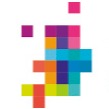
"The life span of software is getting shorter by half every ten years. Thinkwise offers us an agile platform to deal with this trend. The platform allows us to develop software independent of technology, and on top of that, we are no longer dependent on traditional developers."
